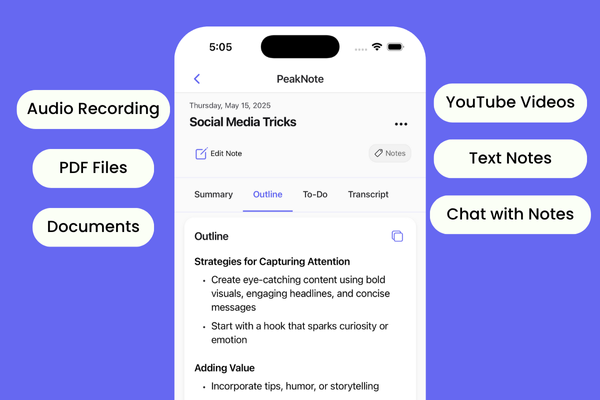When designing modern websites, mastering the art of CSS debugging is paramount. A flawless design on one browser might break on another, and it’s up to us, the developers, to find and fix these glitches.
In this article, we'll delve deep into the powers of browser developer tools and the importance of cross-browser testing.
1. Browser Developer Tools

Most modern browsers come packed with built-in developer tools. These tools are like a Swiss Army knife for web developers.
a. Inspect Element:
Before adjusting any code, use the Inspect Element feature. By right-clicking on a web page element and selecting 'Inspect' or 'Inspect Element', you can unveil the structure of your webpage. This view will show both the HTML and the applied CSS, allowing you to identify how styles are impacting specific elements.
b. Modify Styles in Real-Time:
One of the most powerful features of browser developer tools is the ability to modify CSS in real-time. Got a color you're uncertain about? Adjust it on the fly. Not sure about that padding? Tweak it live. This interactive playground won't save your changes, but it offers an instantaneous view of potential modifications.
c. Toggle Styles:
This is a savior when debugging. If an element isn't displaying as expected, you can quickly disable individual CSS properties by unchecking them. This helps in isolating problematic or conflicting styles.
d. Responsive Design Mode:
With the myriad of devices available today, ensuring your design is fluid across all screens is crucial. The responsive design mode allows you to emulate various screen sizes and resolutions, ensuring your website looks impeccable on all devices.
2. Reset or Normalize CSS

Websites can look unexpectedly different across browsers due to the default styles each browser applies. To overcome these inconsistencies, developers use either a CSS reset or normalize.css.
- CSS Reset: This approach aims to strip all default browser styling, giving you a blank canvas. From margins to font sizes, everything is reset.
- Normalize.css: Rather than stripping all styles, normalize.css makes default browser styles consistent across all browsers. This means, for example, that a
<button>will appear identical whether viewed in Chrome or Firefox.
Both methods have their proponents, but the goal remains the same: consistency.
3. Cross-Browser Testing
Web development's Achilles' heel is arguably the variations in how browsers render CSS. What looks perfect in Google Chrome might look skewed in Safari.
Why is Cross-Browser Testing Important?
Each browser interprets and displays CSS in its own unique way due to differences in their rendering engines. For example, Chrome uses Blink, while Firefox uses Gecko. These differences can sometimes lead to design inconsistencies.
Using Tools for Testing:
Platforms like BrowserStack offer developers the chance to view their websites on different browsers, versions, and even operating systems. By using such platforms, you can ensure a consistent user experience everywhere.
4. Validating Your CSS

CSS, like any language, has its own set of rules and syntax. Writing CSS that doesn't adhere to these standards can lead to unpredicted rendering by browsers or even errors. This is where validation comes into play.
What is CSS Validation?
CSS validation involves checking your stylesheets against the formal specifications set by the W3C (World Wide Web Consortium), the main international standards organization for the World Wide Web. A validator reviews your code to ensure it adheres to these standards.
Why Validate?
- Error Detection: Even small typos can cause big styling issues. Validation helps spot these.
- Cross-browser Compatibility: Valid CSS is more likely to be consistently rendered across different browsers.
- Future-proofing: As web standards evolve, ensuring your code adheres to the latest specifications means it's more likely to remain compatible with future updates.
How to Validate Your CSS:
The W3C CSS Validator is a free tool that allows you to check your stylesheets. Simply input your CSS or provide a link to your website, and the tool will list out errors or warnings that need attention.
5. Browser Testing
No matter how perfectly styled and validated your website might be in one browser, it doesn't guarantee a consistent look across all browsers. This inconsistency arises due to variations in how different browsers interpret and render CSS.
Why is Browser Testing Crucial?
- Different Rendering Engines: Browsers use different rendering engines (e.g., Blink for Chrome, Gecko for Firefox). These engines interpret and display CSS in slightly different ways.
- Version Differences: Even within a single browser, different versions can render sites differently, especially if newer CSS properties are used.
- Diverse User Base: Your audience will access your site from different devices, browsers, and browser versions. Ensuring a consistent experience for all is paramount.
How to Conduct Browser Testing:
- Manual Testing: Open your website in various browsers and versions to see how it looks and behaves. This method, though thorough, can be time-consuming.
- Automated Testing Platforms: Tools like BrowserStack or Sauce Labs allow developers to test their websites on a wide range of browsers, versions, and operating systems, without needing to install each one.
- Feedback Tools: Tools like LambdaTest not only offer cross-browser testing but also provide an environment where testers or clients can give direct feedback on issues.
Debugging CSS might seem daunting at first, but with powerful browser developer tools and rigorous cross-browser testing, you can ensure a seamless user experience. As web developers, it's our responsibility to adapt, evolve, and ensure that our websites offer the best possible experience across the board.

